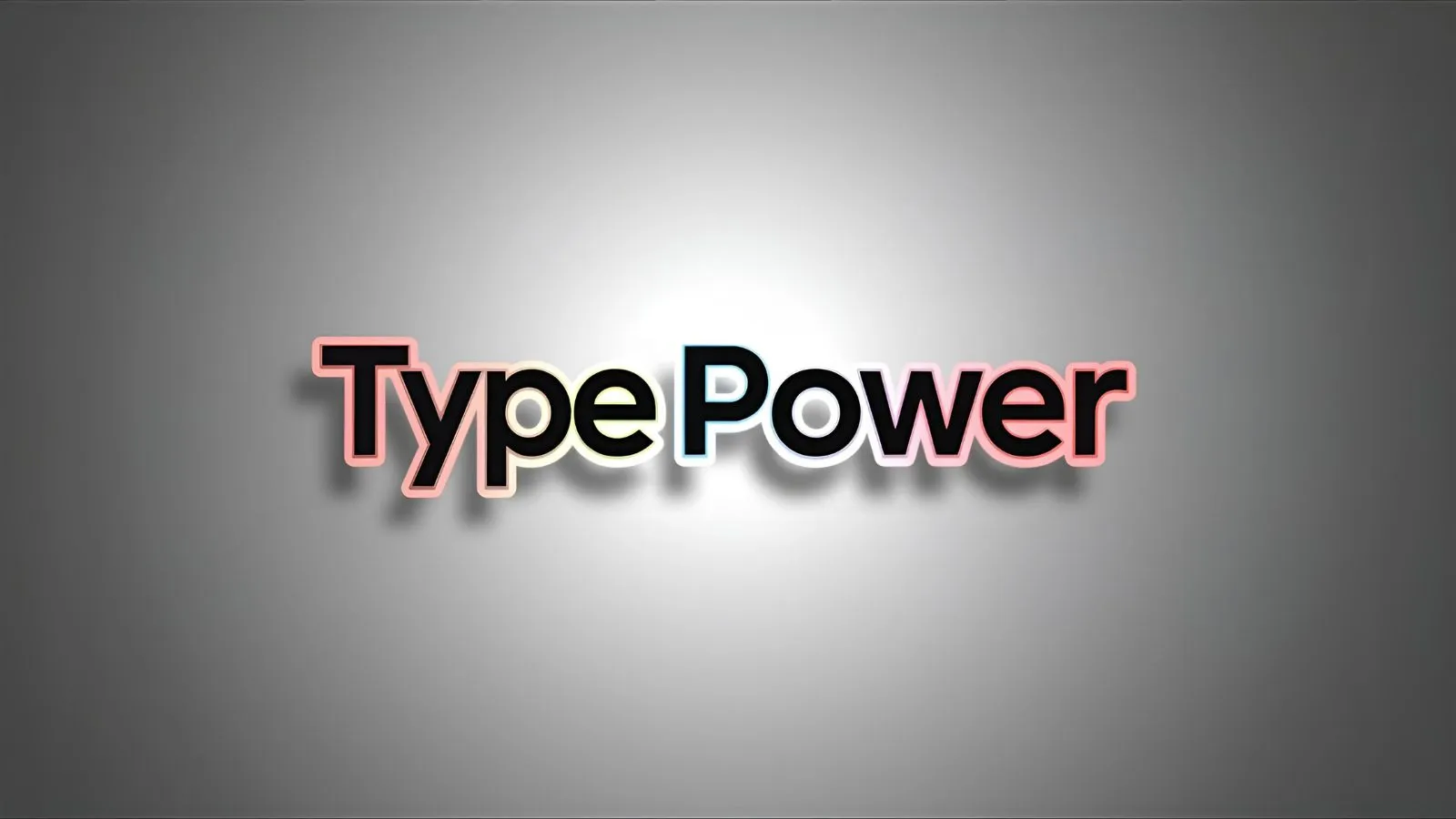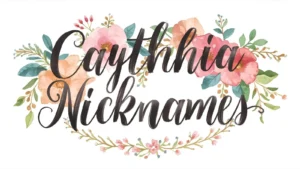Fonts Speak Louder Than Words
Have you ever looked at the Coca-Cola logo and instantly felt nostalgia? Or opened Google’s homepage and felt calm, focused, and ready to search? That’s not an accident. It’s the hidden power of fonts.
Fonts aren’t just letters. They’re emotional signals. They shape how we feel about a brand, trust a message, and even decide to buy. In fact, research shows that typography influences memory, emotion, and brand loyalty as much as color and design.
This blog will uncover why fonts matter, how Coca-Cola and Google use them differently, and how you can apply font psychology to make your brand unforgettable.
Our main keyword: power of fonts
Related keywords: font psychology, brand typography, Coca-Cola font, Google font, why fonts matter
What Is the Power of Fonts?
Fonts are more than decoration. They create tone, mood, and meaning.
Think of fonts as a “voice” in visual form. Just as a calm voice can soothe or an excited voice can energize, fonts send signals that impact how people feel.
Why Fonts Matter in Branding
- First Impressions: Fonts are often the first thing people notice in logos and ads.
- Trust Factor: Professional, clean fonts build trust. Messy fonts make people doubt credibility.
- Emotional Trigger: Fonts evoke emotions—romance, excitement, fun, or seriousness.
- Consistency: Fonts unify your brand identity across websites, packaging, and ads.
👉 Fun fact: Studies show that people are 40% more likely to remember a message if the font matches the tone of the brand.
Coca-Cola vs Google: A Font Showdown
Coca-Cola and Google are two of the most recognizable brands in the world. But their fonts tell two completely different stories.
Coca-Cola: The Emotional Script
- Font Style: Coca-Cola’s script logo is flowing, cursive, and classic.
- Emotional Effect: It feels nostalgic, warm, and traditional.
- Brand Story: Coca-Cola positions itself as timeless happiness in a bottle. The script font makes the brand feel personal and emotional.
- Psychology at Work: Script fonts connect with emotions, memories, and intimacy. That’s why Coca-Cola feels like part of family traditions and celebrations.
Google: The Simple Sans Serif
- Font Style: Google uses a custom sans serif font called Product Sans. It’s modern, minimal, and geometric.
- Emotional Effect: Clean, friendly, and accessible.
- Brand Story: Google wants to feel innovative, approachable, and reliable. The simplicity of sans serif fonts reinforces clarity and trust.
- Psychology at Work: Sans serif fonts communicate honesty, simplicity, and efficiency. Perfect for a brand that organizes the world’s information.
The Psychology of Fonts: How They Shape Emotion
Each font category carries its own psychological weight.
Serif Fonts (e.g., Times New Roman, Georgia)
- Evoke tradition, authority, and trust.
- Common in newspapers, law firms, and finance.
- Example: New York Times uses serif fonts to signal credibility.
Sans Serif Fonts (e.g., Arial, Helvetica)
- Clean, modern, and minimalist.
- Easy to read on screens.
- Example: Google, Facebook, and Spotify use sans serif fonts for simplicity.
Script Fonts (e.g., Coca-Cola, Pacifico)
- Elegant, personal, and emotional.
- Feels like handwriting.
- Example: Coca-Cola’s flowing script feels nostalgic and warm.
Display Fonts (e.g., Impact, Lobster)
- Bold, eye-catching, dramatic.
- Best for headlines or logos, not body text.
- Example: Movie posters use display fonts to create excitement.
Monospace Fonts (e.g., Courier)
- Technical, retro, or coding vibes.
- Example: GitHub and coding platforms use monospace to emphasize precision.
👉 Takeaway: Choosing the right font isn’t about style—it’s about psychology.
Why Fonts Influence Buying Decisions
Fonts don’t just look nice. They affect behavior and decisions.
How Fonts Influence Customers
- Luxury vs. Affordable: Serif fonts feel premium. Sans serif feels budget-friendly.
- Speed vs. Comfort: Bold fonts create urgency (great for sales). Soft fonts create comfort (great for wellness brands).
- Trust vs. Fun: Neutral fonts build trust. Playful fonts invite curiosity.
Example: A luxury perfume brand using Comic Sans would fail. But elegant serif fonts make it feel high-end.
Real-World Examples of Font Power
1. Coca-Cola: Timeless Happiness
The flowing script creates nostalgia, joy, and tradition. Coca-Cola is not just a drink—it’s an experience tied to family, holidays, and memories.
2. Google: Friendly Innovation
Google’s clean sans serif font reflects accessibility and trust. It’s not intimidating—it’s inviting.
3. Disney: Magic in a Font
Disney’s whimsical font evokes magic, childhood dreams, and imagination.
4. Apple: Sleek Simplicity
Apple uses sleek sans serif fonts to reflect minimalism and premium design.
5. Netflix: Bold and Direct
Netflix’s simple, bold font feels modern and binge-worthy—just like its service.
Actionable Tips: How to Use Fonts in Your Branding
1. Match Fonts to Brand Personality
- Fun brand? Use playful fonts.
- Serious brand? Stick with clean, professional fonts.
2. Limit Font Choices
- Use no more than two fonts across branding (one for headers, one for body text).
3. Prioritize Readability
- Fancy fonts may look cool but frustrate readers. Always test readability.
4. Be Consistent Everywhere
- Website, packaging, ads, and social media should use the same font family.
5. Pair Fonts Wisely
- Use contrasting but complementary fonts (e.g., serif + sans serif).
The Science of Fonts and Memory
Fonts don’t just look good—they stick in your memory.
- Coca-Cola’s script instantly sparks recognition worldwide.
- Google’s simple sans serif is memorable because it’s clean and clear.
👉 Studies show that distinctive fonts improve brand recall by 80%.
How Small Businesses Can Use Font Psychology
You don’t need Coca-Cola’s budget to use fonts effectively.
Practical Ways to Apply Font Branding
- Cafés: Use script or vintage fonts to feel cozy.
- Tech Startups: Use sans serif for a modern vibe.
- Fashion Brands: Use serif for luxury, bold fonts for edgy appeal.
- Spas & Wellness: Soft script or rounded fonts for relaxation.
Even small businesses can boost customer trust and loyalty with the right fonts.
The Future of Fonts in 2025 and Beyond
Fonts are evolving with technology. Expect these trends:
- Responsive Fonts: Fonts that adapt to mobile and desktop seamlessly.
- AI-Generated Fonts: Personalized fonts created by artificial intelligence.
- Dynamic Branding: Fonts that change based on customer mood or time of day.
- VR and AR Fonts: Fonts designed for immersive experiences.
👉 Brands that adapt will stay modern, while outdated typography will feel irrelevant.
Breaking the Myth: Fonts Are Not Just Decoration
Some people think fonts are “just style.” But in reality, fonts shape how we feel, think, and act.
- Fonts affect trust in banks.
- Fonts impact taste perception in food packaging.
- Fonts influence reading speed in education.
Typography is not decoration—it’s strategy.
Conclusion: Unlock the Hidden Power of Fonts
The next time you see Coca-Cola’s flowing script or Google’s simple sans serif, remember this: fonts are silent messengers.
They speak emotions, shape memories, and influence decisions.
They are brand voices in visual form.
If you’re building a brand, don’t overlook typography. Choose fonts that reflect your values, speak to your audience, and create consistency.
A great font can:
- Build trust
- Boost sales
- Create lasting loyalty
Your font is your voice. Make it count.



